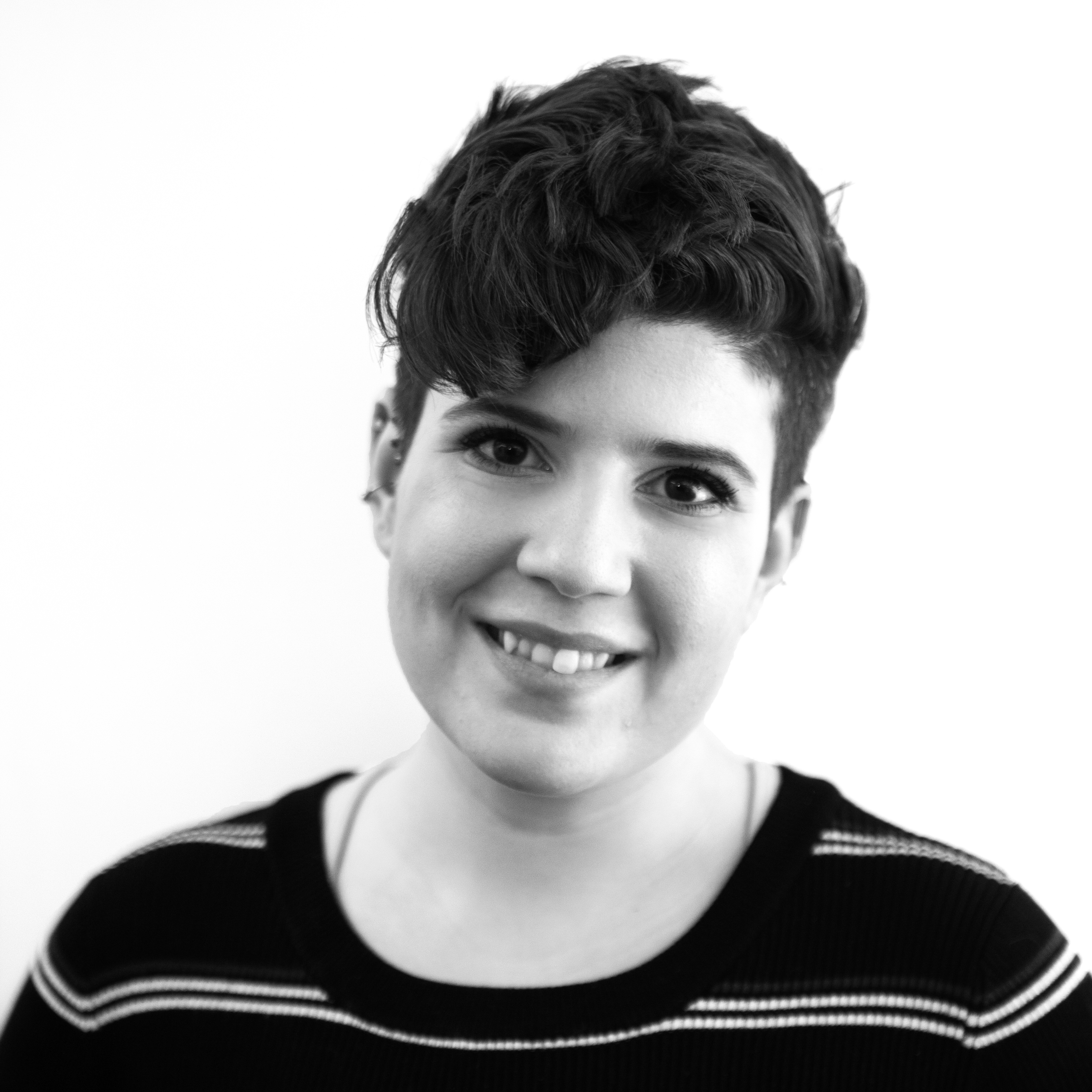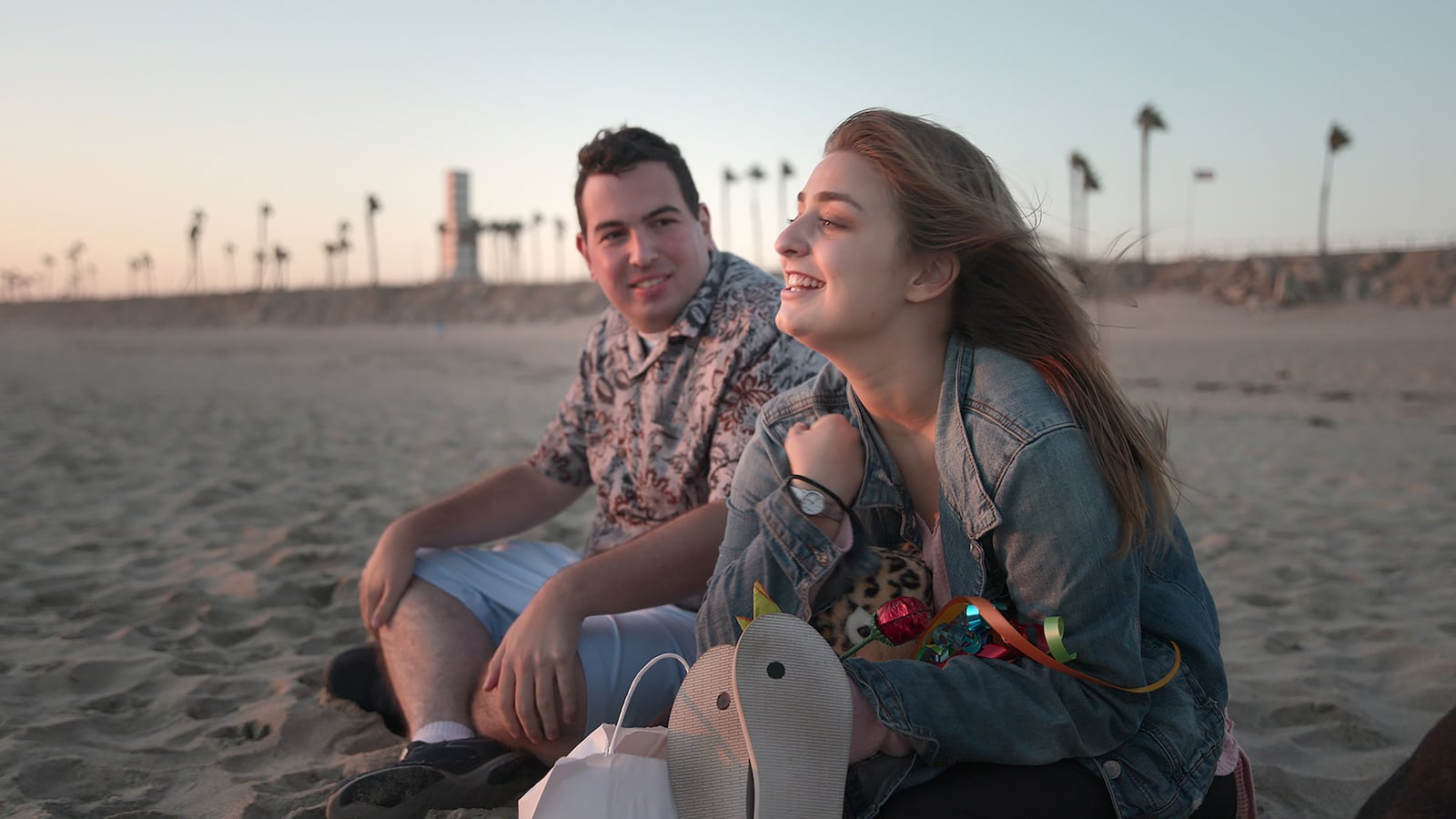Love on the Spectrum U.S. might lack the charming accents of the Aussie reality series that inspired it, but in six episodes, Netflix’s spinoff captures all the warmth, sincerity, and gentleness of its predecessor.
The original Love on the Spectrum first aired on Australia’s ABC TV in 2019 and made its Netflix debut a year later. Each season observes multiple subjects on the autism spectrum as they search for their soulmate—in some cases, with the help of a specialized dating coach. Love on the Spectrum U.S., which premieres May 18, flies that formula across the Pacific and focuses its lens on six new subjects from across the country.
Creator and executive producer Cian O’Clery returns for the spinoff, which features a 63-year-old dater named Steve alongside the usual gaggle of 20- and 30-somethings. A self-described “goofy” guy with a passion for wordplay, Steve says he’s decided, “This loneliness, it’s not for me.” By including an older subject, Love on the Spectrum U.S. grants itself the opportunity to explore how a lack of support and resources during youth can manifest as internalized shame. As Steve’s assistant points out, no one really understood Steve’s behavior as he grew up, so it was largely treated as “weird.”
“Growing up,” he says, “I always knew deep, deep, deep down that I didn’t really fit in. Inside of my brain, I knew something was different. I might be a little goofy, I might be a little bit weird, but you know what? The intentions are always good.”
The rest of the gang is just as colorful. There’s an aspiring 26-year-old entrepreneur named Dani, who refuses to date anyone who does not share her corporate ambition and passion for animation. Abbey, 23, loves animals and princesses and feels a particular kinship to Ariel from The Little Mermaid, especially when she struggles to find her words. “When she becomes human and she can’t talk, that’s how I feel,” she explains. James is a 34-year-old Renaissance Faire enthusiast whose room is filled with tchotchkes and “conversation pieces” that include stamp and crystal collections, a preserved alligator head, and swords. Kaelynn, a 24-year-old who lives with her best friend, tries her hand at speed dating despite discouraging dating experiences she’s had in the past, while Subodh, 33, is a cooking enthusiast who’s ready to finally stop being single.
Author and speaker Jennifer Cook joins the series as a dating coach, much like Jodi Rodgers in the original, although her presence feels sparser than Rodgers’; she only coaches two of the six daters on camera. Her techniques include verbal instruction, visual aids, and games like rolling a ball back and forth to practice conversational pacing.
Multiple times in Love on the Spectrum U.S., the subject of disclosure emerges. Kaelynn and Dani, in particular, must decide while speed dating whether or not to disclose their diagnoses to potentially neurotypical dates. Kaelynn recalls a painful first-date memory in which a firefighter walked out and blocked her number because she brought her therapy dog and eventually told him she was autistic.
“Bad things tend to come of it,” Kaelynn says. “[People] tend to make assumptions that are not correct, so it’s easier to just show them what is true and then explain it later. That’s just how it is.”
In spite of little nuances here and there, Love on the Spectrum U.S. and the original Love on the Spectrum are basically indistinguishable in terms of production, and the chief strength of both series remains their embrace of earnestness. Unlike so many dating shows, which focus more on petty drama and cheap gimmickry than actual emotional connection, Love on the Spectrum U.S. goes all-in on vulnerability.
The central difference between the two shows, however, is the lack of a central couple in Love on the Spectrum U.S. Australian couple Jimmy and Sharnae became something of a centerpiece for the original series, which featured their journey across both its seasons. Jimmy, a competitive pool player, proposed to Sharnae at the end of Season 1, while Season 2 followed them on a trip to Las Vegas for Jimmy’s pool tournament. The affection the two share, alongside how protective Sharnae can be of Jimmy, drove home how supportive and beautiful neurodivergent people’s relationships can be—just like anyone else’s romantic connections. As wonderful as it is to watch these daters spark new flames, there’s value, too, in seeing how much these bonds can strengthen over time.






